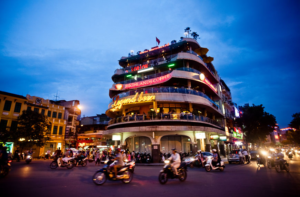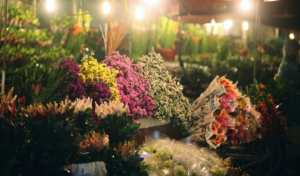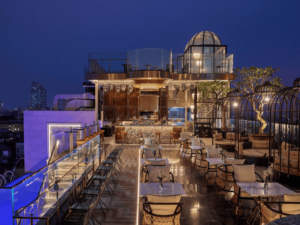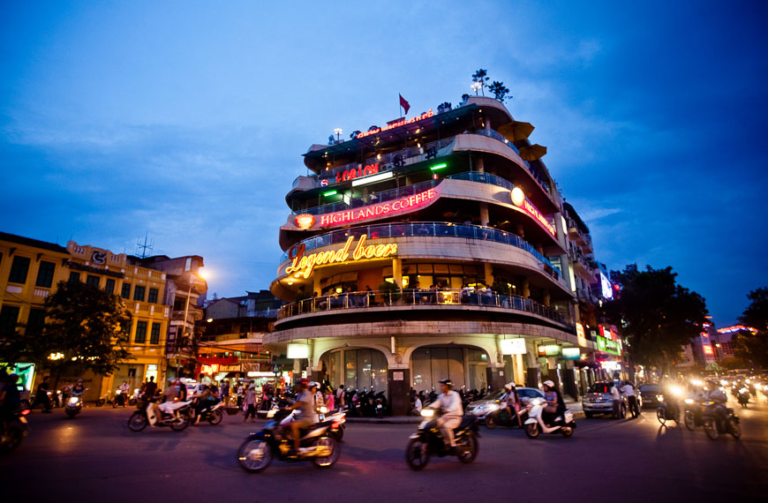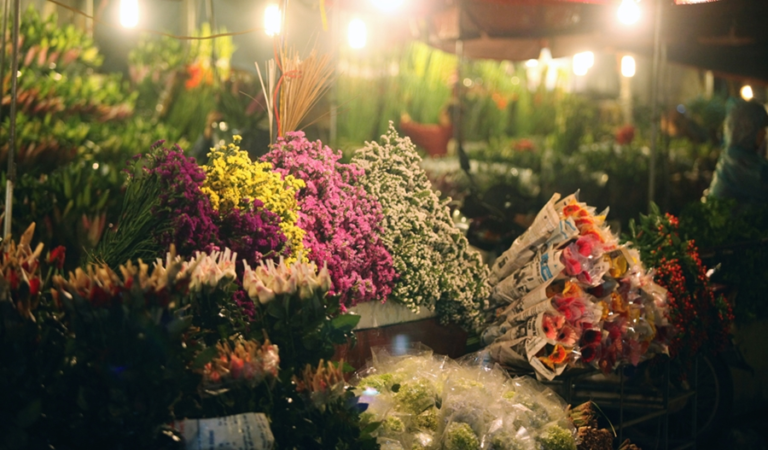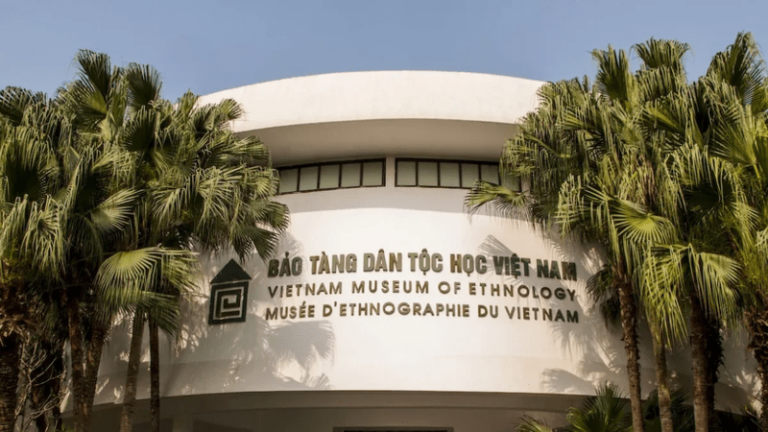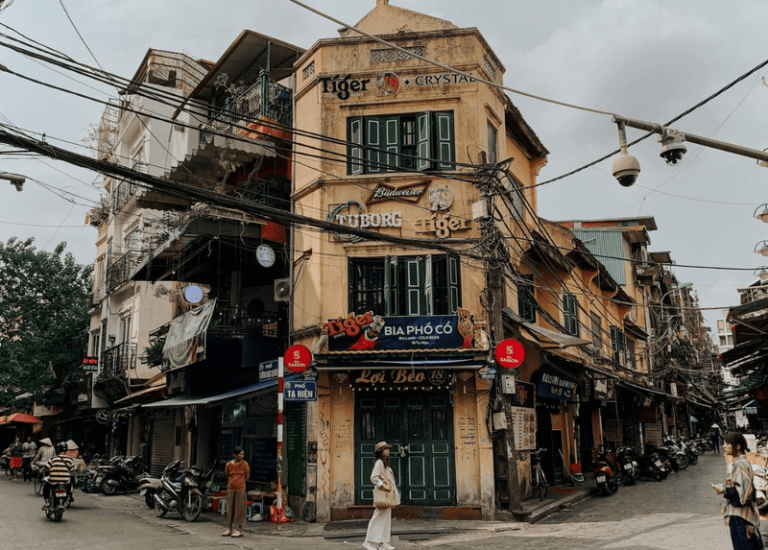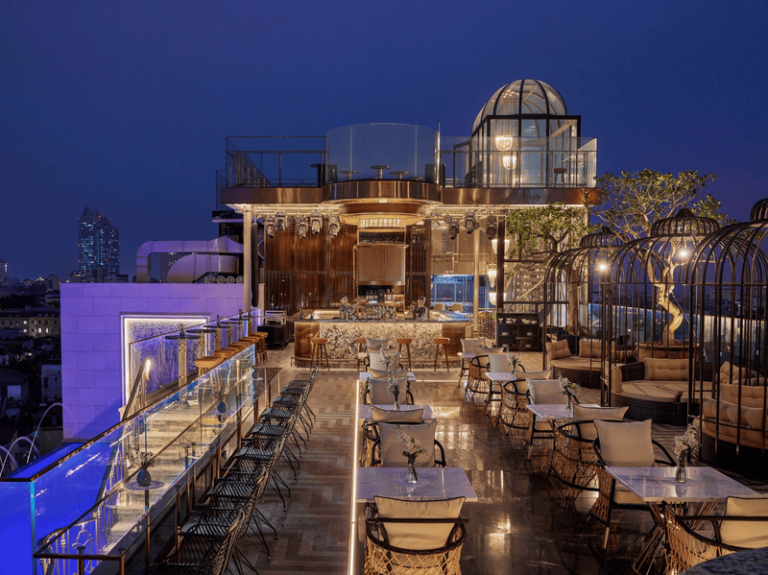Dong Sen Thap Muoi ecotourism area
This is where tourists may see the most lotus blossoms in Dong Thap. The greatest months are from June to November each year. If you can’t visit during the peak flowering season, you may come at any time because the air is fresh and calm.
If you come here, you’ll observe the lotus flower’s distinctive color shift. Usually, the blossoms are pale pink in the morning and become pink after midday. The lotus is regarded the most beautiful of the day around 3 p.m. because the blooms bloom relatively large at this time, displaying their black and yellow sepals gleaming in the sun. The lotus progressively darkens pink in the afternoon, and by the time the sun sets, it is as red as the sunset. The hours of operation are from 7:00 a.m. to 5:00 p.m. every day. The entrance price is 20,000 VND on weekdays and 30,000 VND on weekends.
Lai Vung tangerine garden
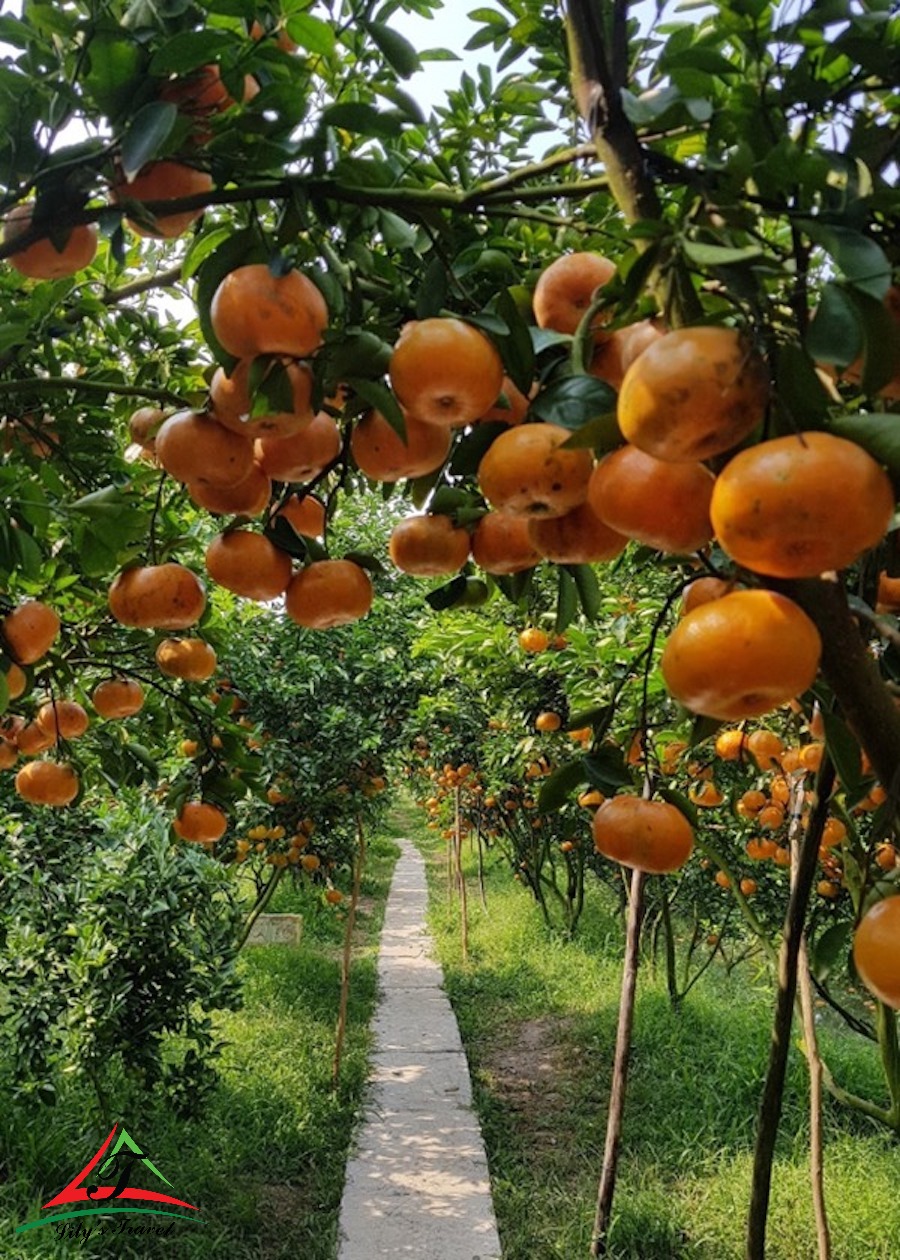
Lai Vung, located between the Tien and Hau rivers, is a fruit-growing location due to its abundant water and healthy soil. Lai Vung Persimmon Garden, in particular, is well-known and has become a popular tourist site.
Tangerine season usually begins in the beginning of the year. The tree grows fruit for approximately a month and a half before it can be picked, which coincides with the Lunar New Year. This is also when tangerine gardens open to greet guests and begin business. Visitors may roam around, take photographs, and purchase fruits to take home. Additionally, between March and April, the tangerine garden blooms with white flowers with a delicate aroma similar to grapefruit, orange, and lemon blossoms.
Dinh Yen Mat village
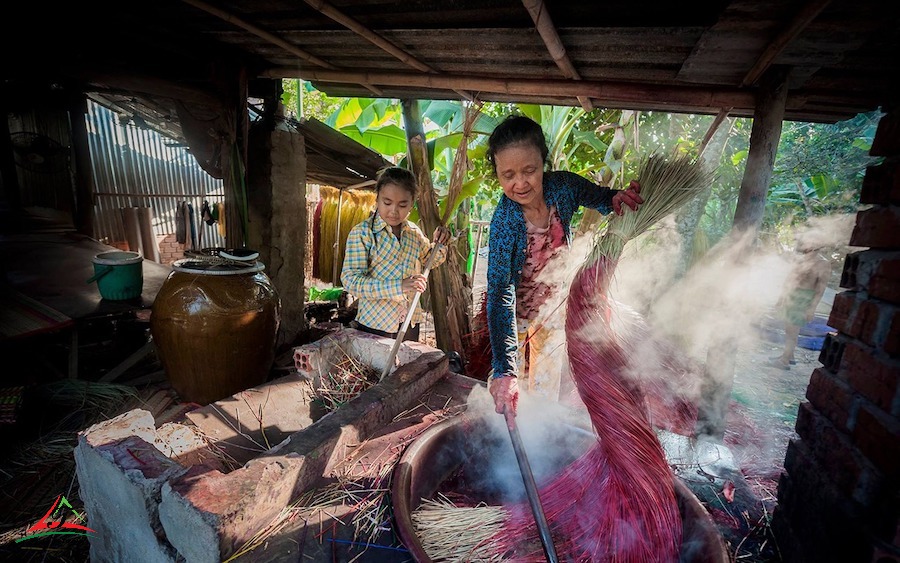
Dinh Yen Mat hamlet, located on the banks of the Hau River about 15 kilometers from Cao Lanh City, dates back hundreds of years. Visitors will love the town’s lively working environment. This area is always vividly colored, from inside the house to the alley, with green, crimson, yellow, white, and purple threads and laughter.
Dinh Yen mats feature white mats with patterned backgrounds, storks, and ornately adorned wedding mats. Dinh Yen does not have stalls; mat purchasers frequently establish a permanent location to wait, while merchants bring mats to sell. Previously, the market opened late at night, from 2-3 p.m. It is also known as a ghost market or underground market. In 2013, the mat weaving activity in Dinh Yen commune was recognised as an intangible national cultural property.
Read more: Hue to Hoi An bus: All information for you
Temple dedicated to the owners of Cao Lanh market
The shrine dedicated to the owners of Cao Lanh Market (Mr. and Mrs. Do Cong Tuong) is well-known across the region, particularly among the business community. The relic has matured into an architectural complex that comprises a temple, guesthouse, and tomb constructed of solid materials and ornamented and carved in the Nguyen Dynasty architectural style, which was prevalent in Southern community dwellings and temples at the end of the eighteenth century. Every Tet holiday, spiritual tourist hotspots like the Temple of the Goddess of Sam Mountain attract a significant crowd.
Sa Dec flower village
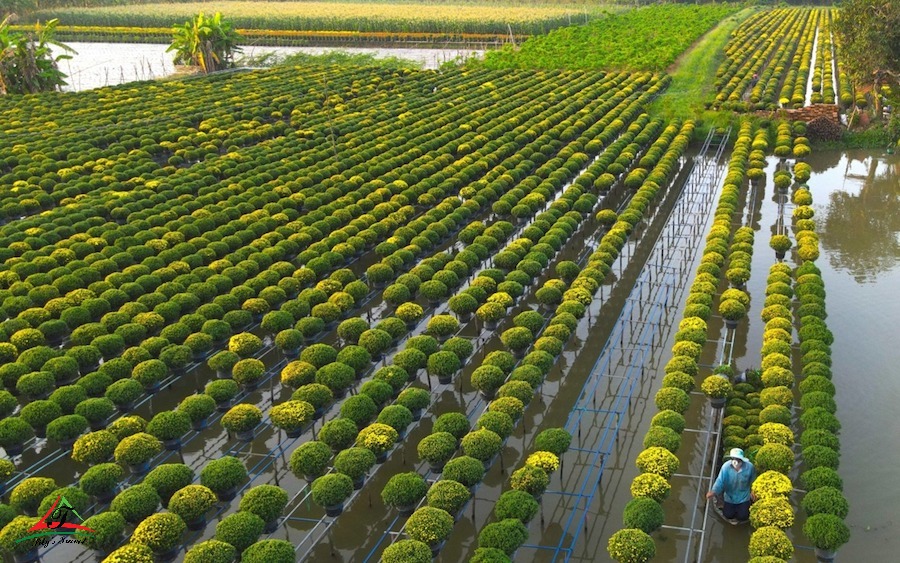
Sa Dec Flower Village is referred to as the “Kingdom of Flowers.” It was built in the late nineteenth century and covers around 800 hectares along the Tien River. Flower cultivation was first focused in Tan Quy Dong ward; however, it has now expanded to two other wards, with over 2,300 households participating. The flower town has over 2,000 species of decorative flowers, including blooming trees, leaf trees, construction trees, and fruit trees.
Because of the abundance of types, hundreds of flowers blossom each season. Many people believe Sa Dec flower town to have “four springs,” but it shines brightest during the new year. In addition to selling ornamental flowers, Sa Dec gardeners have established flower village tourism, which includes attractions such Frog Flower House Homestay, Phong Levent, Sa Nhien Garden, Tu Rose Garden Ton, and Rose Field.
Read more: Dong Thap Tourism: Travel Guide (Part 1)
Cruisine
Dong Thap serves a range of Mekong Delta-style dishes, such as fish sauce hot pot, goby fish, flexible fish, noodles, beef noodle soup, banh khot, and many other processed delights. They were transformed from the lotus.
Sa Dec Flour Village’s culinary area

During the day, this is a popular stop for many travelers, offering hundreds of folk cakes ranging from sweet to salty, as well as several sweet soups. Dishes to highlight include mung bean banh beo, Western shrimp and lice, salty banh duc, banana cake, jackfruit leaf cake, banh it tran, banh bo, banh duc, banh tet, banh tam ta, banh xeo, and banh canh. The area is open and airy, and it can accommodate large and small groups of people with a variety of needs. Each person’s supper costs between 100,000 and 200,000 VND, depending on their demands. The area is open from 9 a.m. to 7 p.m.
Lotus dishes
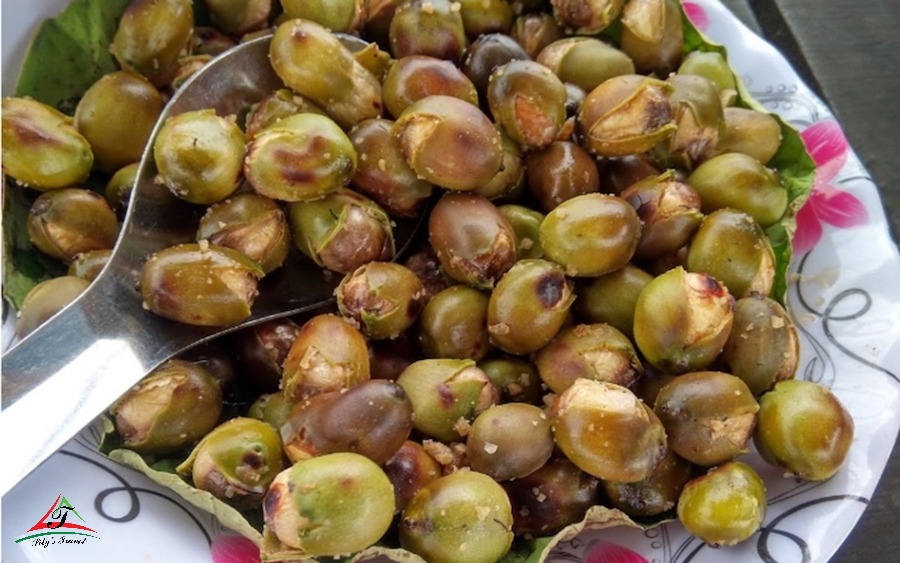
Dong Thap has spent many years compiling a list of 200 ways to create lotus foods to market to tourists. As a result, it would be a mistake not to try this cost-effective yet delicious meal. Lotus seed rice, lotus root salad, lotus stewed chicken, lotus seed stewed soup, lotus root sour soup, lotus root salad, lotus leaf tea, lotus sweet soup, and dried lotus root with salt and chilies are all popular dishes.
Dam Sen Ecological Cuisine Area, Song Sinh Restaurant, Co Ba Restaurant, Dai Nam Restaurant, and Sen Le Bo Community Ecotourism Area are all examples of reference addresses. This is also where there is a food court with numerous lotus delicacies made by local farmers in a popular manner. Visitors may relax and eat directly at the lotus pond. Restaurants in tourist destinations such as Tram Chim, Xeo Quyt, and Dam Sen provide field fish, snails, field mice, fish sauce hotpots, crab hotpots, and lotus dishes.
Note

The roads in the Mekong Delta area are tiny, and the road surface might be better, resulting in long travel times and an average automobile speed of just approximately 40 km/h. Ferries between Can Tho and Dong Thap are mostly for people, thus tourists can contact travel firms to organize a trip if they desire more assistance.
The best Vietnam tour: Tour in Vietnam


